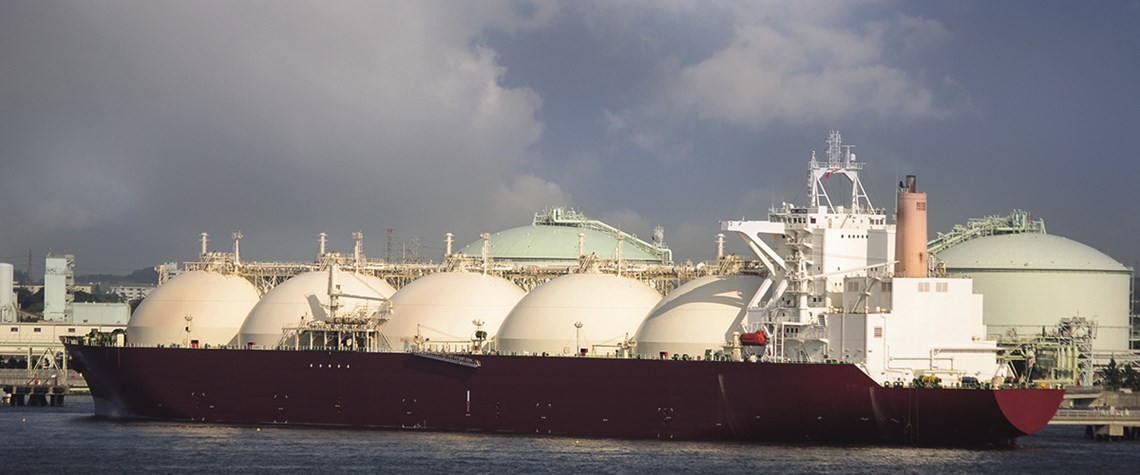Pricing up and down
A trend towards increased spot sales and more flexible contracts is keeping the global LNG industry on its toes
The rollercoaster ride in oil and liquefied natural gas prices since 2014 has shaken up previously staid LNG pricing mechanisms and contract terms. Buyer aggressiveness; the emergence of international trading companies as significant market participants; and the growing US role in LNG supply have all affected contract structures. But market participants say the evolution towards a world price for traded gas still has some way to run. Japan is the world's largest single LNG destination and the lynchpin of the Asia-Pacific LNG market, accounting for 73% of world imports, according to the International Group of LNG Importers. Since 2014, the spot price of LNG delivered to Japan has swung betwee

Also in this section
22 July 2025
The gas-hungry sector is set for rapid growth, and oil majors and some of the world’s largest LNG firms are investing in ammonia production and export facilities, though much depends on regulatory support
22 July 2025
Next year’s WPC Energy Congress taking place in April in Riyadh, Saudi Arabia will continue to promote the role of women in the energy sector, with a number of events focusing on the issue.
22 July 2025
Pedro Miras is the serving President of WPC Energy for the current cycle which will culminate with the 25th WPC Energy Congress in Riyadh, Saudi Arabia in April 2026. He has over 30 years of experience in the energy sector, including stints with Repsol and the IEA. Here he talks to Petroleum Economist about the challenges and opportunities the global energy sector currently faces.
17 July 2025
US downstream sector in key state feels the pain of high costs, an environmental squeeze and the effects of broader market trends








